Xiaomi, the Chinese smartphone manufacturer, has just released the official teardown video of its latest flagship, the Mi 10 Pro. The video offers a look inside the internal structure of the smartphone and also provides a brief explanation with texts and images.
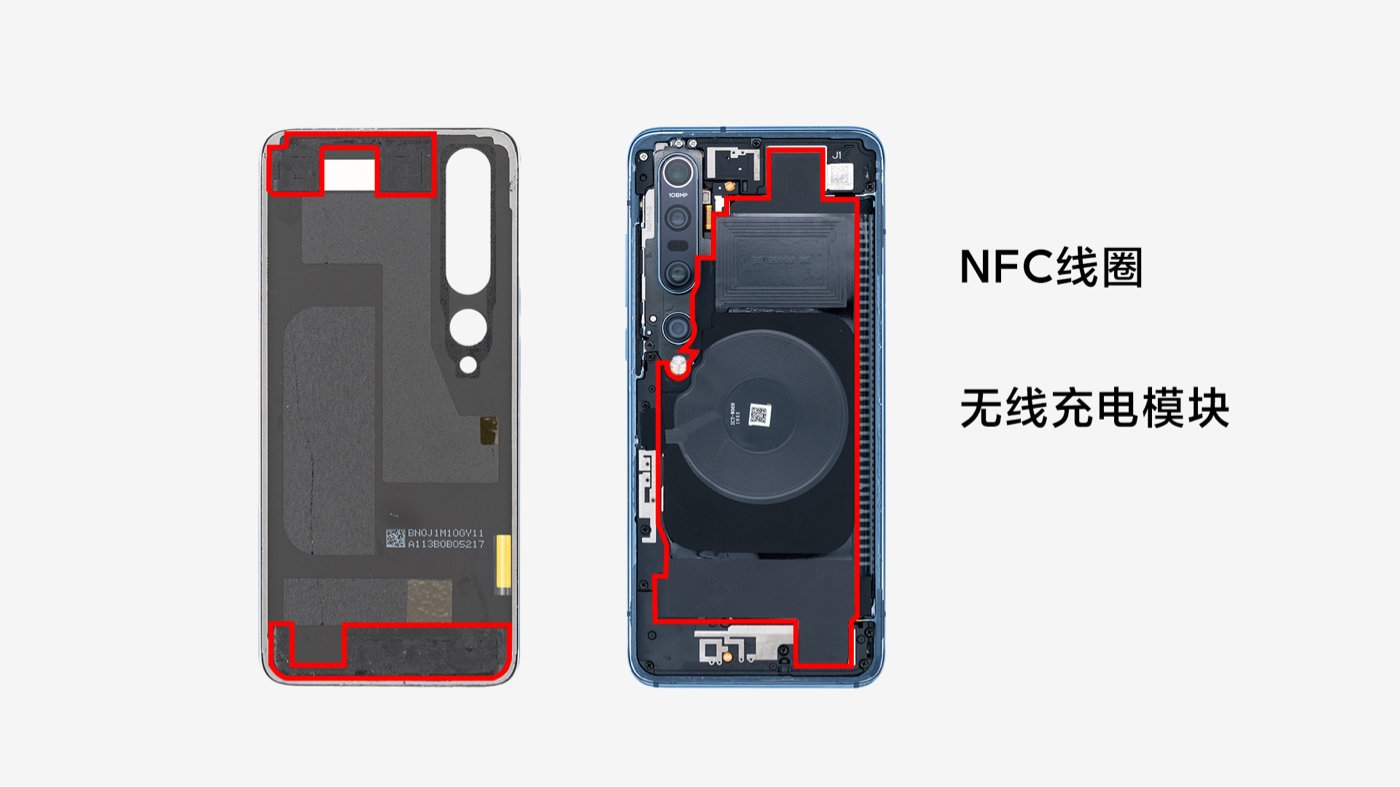
Starting from the rear, Xiaomi reveals the internals of the device by removing the back panel of the device. After removing the glue that binds the rear cover to the body, two large foam rubbers can be observed at the top and bottom of the device. These primarily serve the purpose of protection from fall damage and accidents. Furthermore, a large portion of the internals is also covered with thermally conductive graphite which is found in the region that has the motherboard. Other components like NFC coils and wireless charging technology can also be seen.
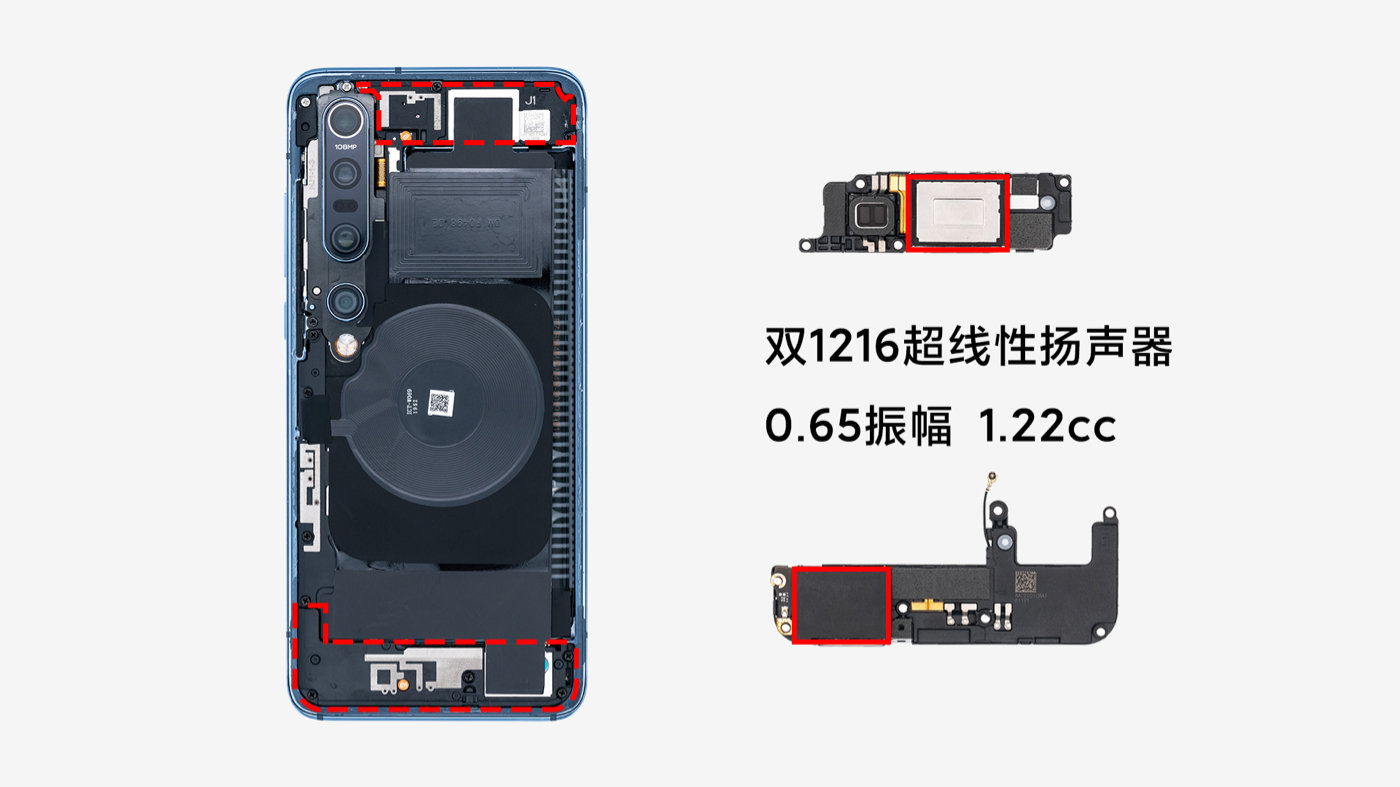
The speakers of the Xiaomi Mi 10 Pro are housed symmetrically on the top and bottom of the device. It features a magnetic steel design and arrives with a 1.22cc large cavity, which enables a better stereo audio experience. Notably, the Mi 10 Pro’s speakers are said to have improved on the volume levels over its previous generations by 100 percent.
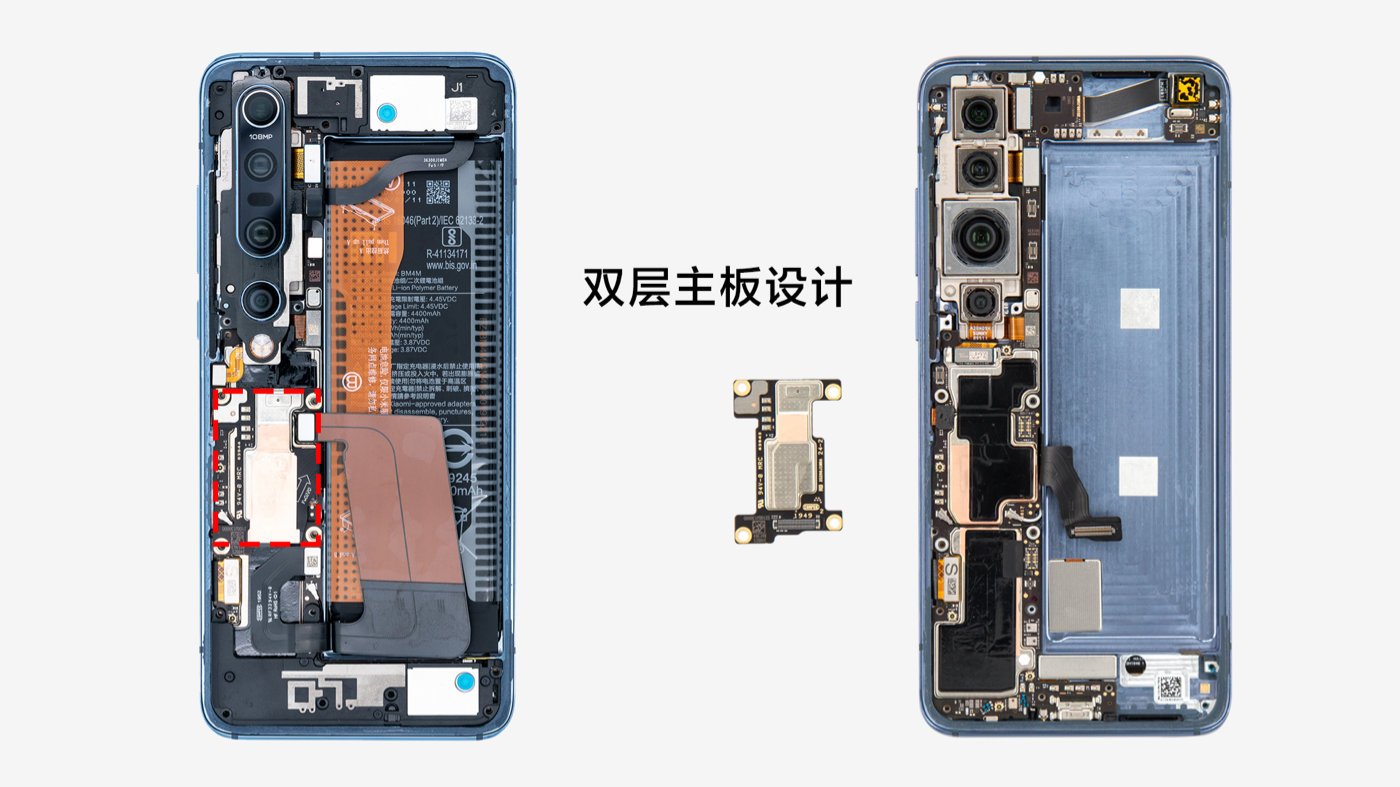
After removing the motherboard cover, the actual board and the Mi 10 Pro’s battery pack is made visible. The main board area uses a double layer motherboard design, meaning a smaller board being stacked upon the primary board to save space, and is found on the left side. On the right, the large 4,500mAh battery pack can be found and is housed on a middle frame, which also takes up most of the internal space. Under the battery pack, an ultra thin optical fingerprint scanner is situated, which is used for the in display fingerprint reading whilst saving previous internal space.
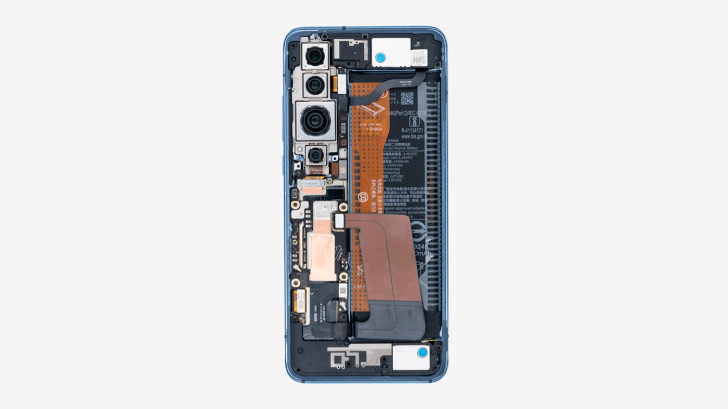
Once the rear camera cover is removed, one can also see the entire quad camera module of the Xiaomi Mi 10 Pro. As seen in the images, its 108 megapixel camera is the largest sensor and is conveniently placed in the middle. Other components, like LED flash and a laser focusing module, are also present that allows for better visibility and focusing speed in low light environments. On the other hand, the Mi 10 Pro sports a 20 megapixel selfie shooter on the front.
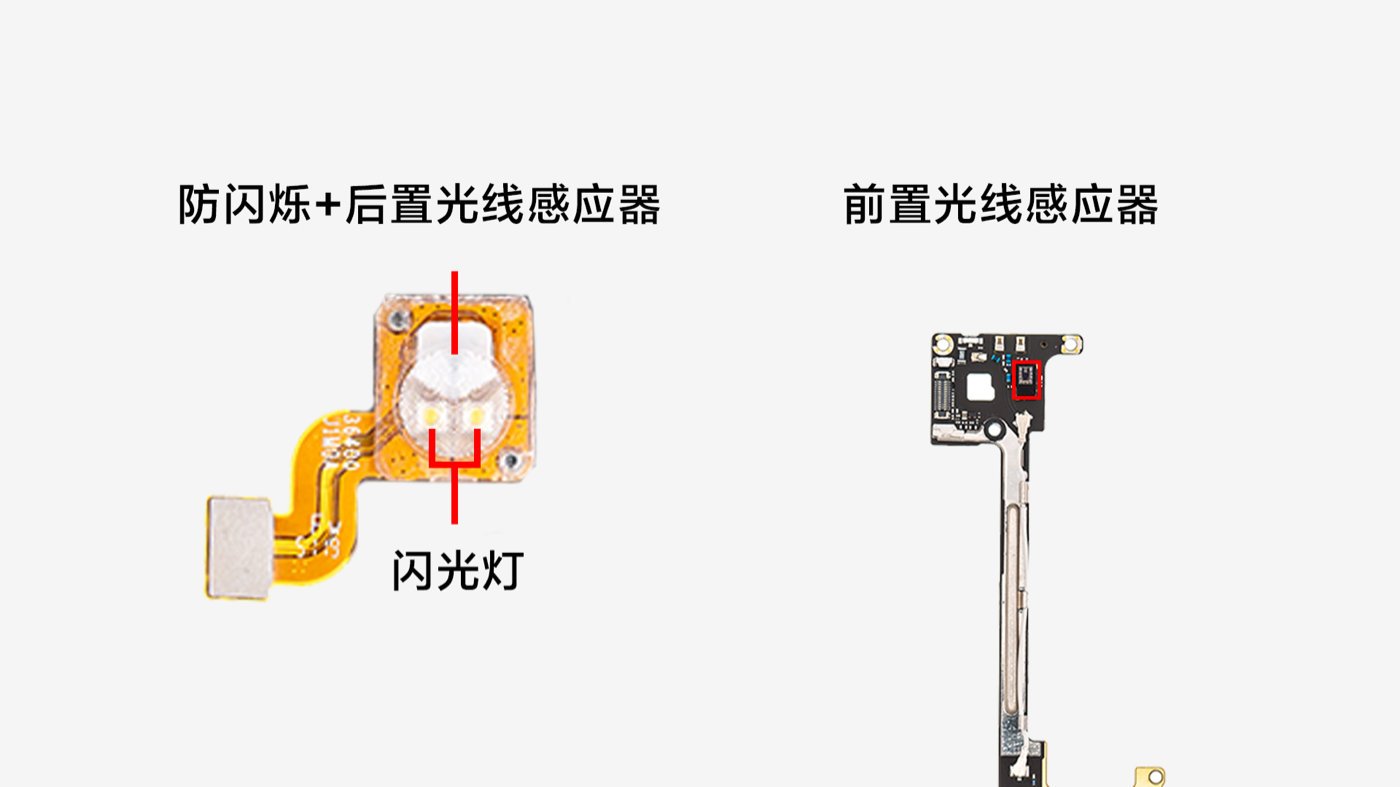
With the Mi 10 Pro, Xiaomi has adopted a unique 360 degree front and rear dual light sensor technology. In other words, the handset is better equipped in detecting light sources and the ambient lighting in its surroundings. This enables a better camera performance whilst also making the automatic screen brightness adjustment more intelligent and proactive.
Editor’s Pick: Realme X50 Pro will feature a 32MP Dual Selfie Cameras with Video Stabilization
The motherboard of the flagship smartphone uses an “L” shaped design with copper foils and the graphite shield. Its upper regions contain the newly developed Wi-Fi 6 chip while the middle holds the power management module and audio decoding technology. The bottom of the motherboard houses a radio frequency chip. Additionally, this portion also features a few of the highlighting components of the Mi 10 Pro. Qualcomm’s Snapdragon 865 SoC alongside the X55 5G modem is housed here. The pair of LPDDR5 flash memory and UFS 3.0 storage also enables class leading read and write speeds as well as fast data transfer capabilities.
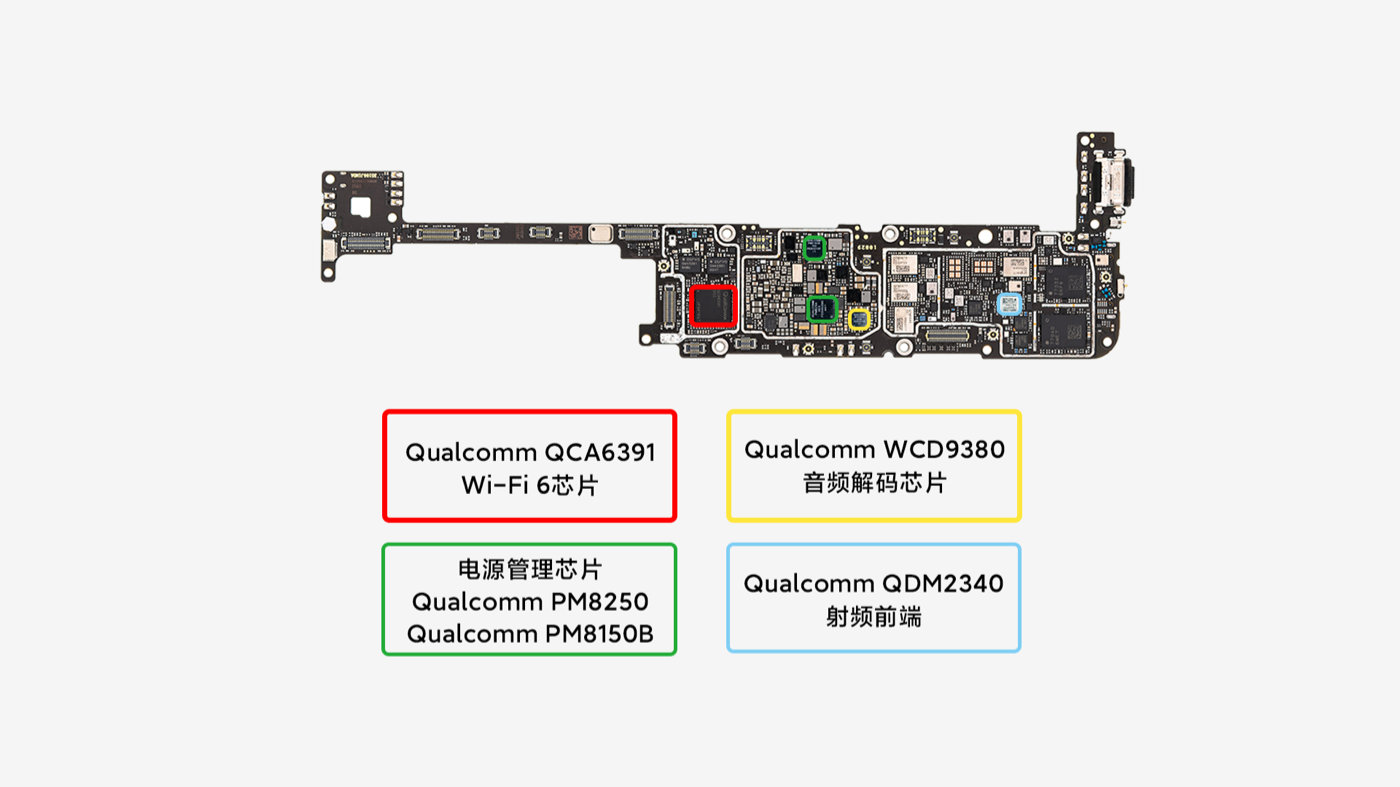
With the Mi 10 Pro, Xiaomi has completely revamped its internal layout that manages to include an X axis linear vibration motor in the compact space while still catering for heat dissipation. To protect from heat related damages, the handset has built in VC soaking plate, 6 layers of graphite structure, large amounts of copper foil and thermally conductive gel as well. This VC protection layer extends across the power management chip and the 5G modem, covering an area of 3,000 square millimeters.

For added protection, it had a built in matrix temperature sensor and other temperate sensors spread across the device as well. This allows the Mi 10 Pro to accurately map heat in different regions in real time, including the 5G modem, the processor, battery pack, charging interface and more. Through this, the AI temperature control module automatically finds a suitable temperature by controlling device’s power output and performance simultaneously. In other words, a technological marvel which one may never really notice.
UP NEXT: Buy Universal HUD Head Up Display 10W Wireless Fast Charging Car Cell phone GPS Navigation Image Reflector Holder Mount for Just $25.59 from Banggood







